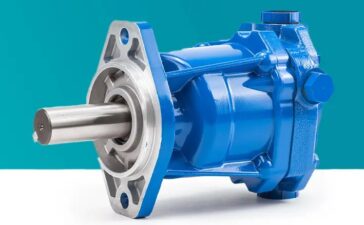If you employ an irrigation system, you must also use irrigation pumps, which serve as the system’s core components. Although many other parts of the system, such as the control panel, sprinkler heads, switches, and pipes, are quite crucial, the irrigation pump is the fundamental component in charge of transporting water from the source to the locations where it has to be applied.
By picking the appropriate irrigation pump, you avoid spending money on a pump that is significantly more powerful than what the desired irrigation requires. Any installation of this kind must maximize every dollar spent; therefore, spending money on a pump that is more powerful than necessary would leave less money for other system improvements.
Many pump manufacturers like Pumpbiz release “pump curves,” highlighting a specific pump’s performance over various pressures and flow rates. You should be able to choose a pump that gives optimal efficiency for the flow rate and pressure conditions required by your irrigation system by carefully examining these curves. Centrifugal pumps make up the majority of irrigation pumps, although there are a few alternatives to take into account:
Submersible pumps
Submersible pumps are a great option if the irrigation system depends on a sizable and dependable source of standing or flowing water, such as a lake, stream, pond, or well. As the name implies, they are submerged underwater and protected by a casing to prevent water-related debris from getting inside the pump and impede effective functioning.
Since submersible pumps run underwater, they don’t require priming as conventional centrifugal pumps. They work by pushing water rather than pulling it in. Although most submersible pumps are installed vertically underwater, many can function just as well if installed horizontally down a river, stream, or lake’s bottom.
End suction centrifugal pumps
Irrigation systems that require the movement of smaller amounts of water are best suited for end-suction pumps. The design of a pump of this type involves mounting the pump on the drive shaft of the motor that drives it, giving the impression that the pump and motor are one functional unit. These pumps work best when placed at most five feet above the water source level since they are more effective at pushing water out of the pump than pulling it in.
Floating pump
Any pump that is attached to a float qualifies as a floating pump. A flexible pipe will transport the water to a larger irrigation system while the float will be anchored in the water source.
A floating pump is frequently a better alternative when using a source like a pond or a lake. This is because it is simpler to install filters that prevent debris from entering the pump at or near the surface than to filter the pump’s intake at the bottom of the water source.
The endnote
To select the irrigation pump that will work the best for your system, you must consider all of its components, including the water source, the irrigation area, the number of sprinklers, and the budget you have.









